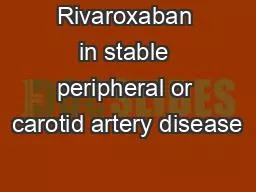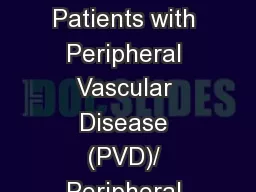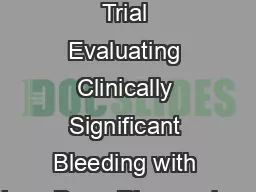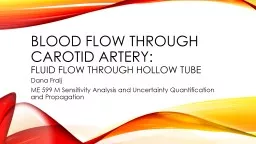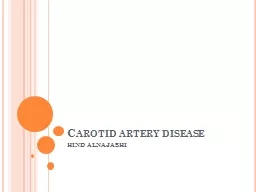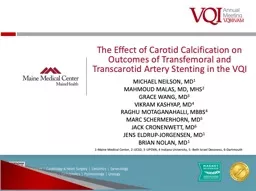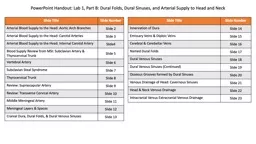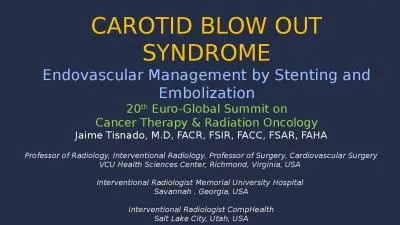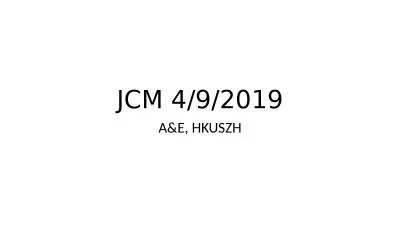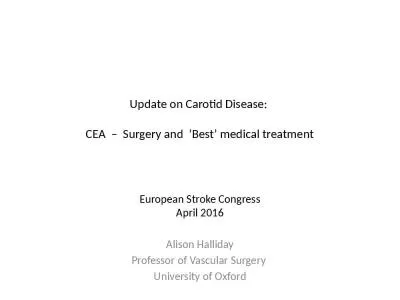PPT-Rivaroxaban in stable peripheral or carotid artery disease
Author : basidell | Published Date : 2020-11-06
Sonia Anand on behalf of the COMPASS Steering Committee and Investigators 170701 August 27 2017 COMPASS PAD rationale PAD patients have widespread atherosclerosis
Presentation Embed Code
Download Presentation
Download Presentation The PPT/PDF document "Rivaroxaban in stable peripheral or caro..." is the property of its rightful owner. Permission is granted to download and print the materials on this website for personal, non-commercial use only, and to display it on your personal computer provided you do not modify the materials and that you retain all copyright notices contained in the materials. By downloading content from our website, you accept the terms of this agreement.
Rivaroxaban in stable peripheral or carotid artery disease: Transcript
Download Rules Of Document
"Rivaroxaban in stable peripheral or carotid artery disease"The content belongs to its owner. You may download and print it for personal use, without modification, and keep all copyright notices. By downloading, you agree to these terms.
Related Documents

